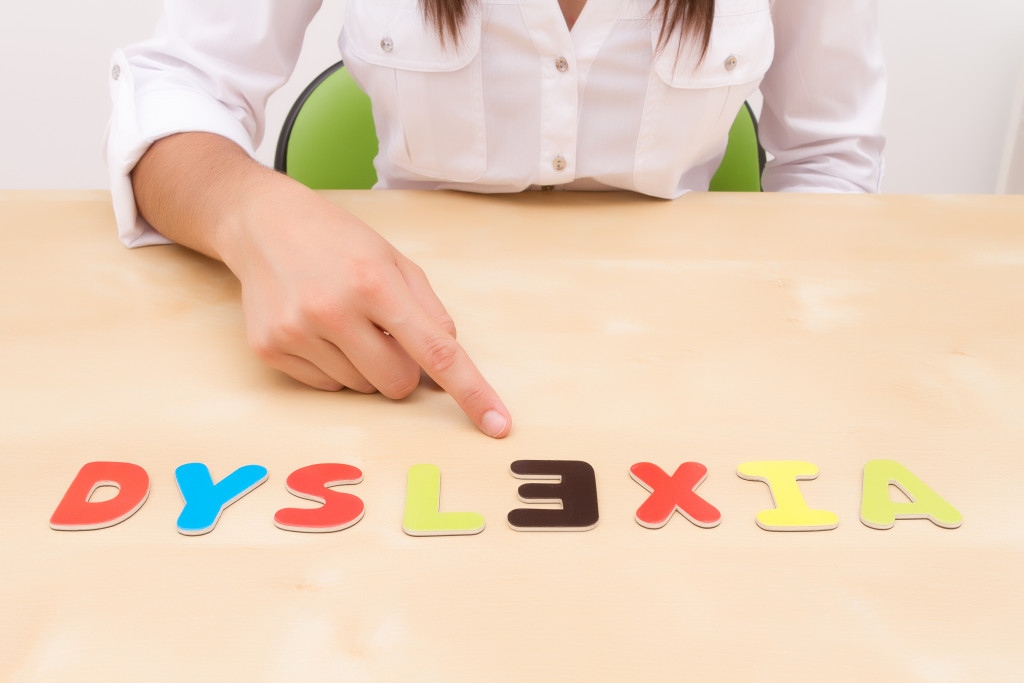- It is essential to seek the help of experienced professionals who can provide an individualized learning plan.
- Parents can create a supportive environment in the home and use multi-sensory strategies as part of the instruction.
- Encouraging reading, writing, and numeracy skills through fun activities can help promote these areas’ development.
- Utilizing assistive technology such as software or apps can assist in learning complex words and structures.
Having a child with dyslexia can be incredibly challenging for parents. It cannot be easy to know how best to help your child, and you may feel overwhelmed by the prospect of trying to find solutions. However, there are many strategies that you can use to support your child’s learning and development.
With the right tools and techniques in place, it is possible to make life easier for both parent and child alike. This article will explore what dyslexia is, how it affects children and some practical tips on how you can help your little one if they have been diagnosed with dyslexia.
Seek support

Properly seeking support from dyslexia professionals is essential in helping children with dyslexia. Not only can these experienced professionals offer valuable guidance, but they can also help provide an individualized learning plan tailor-made just for your child.
This includes not only coming up with strategies to improve areas of difficulty but also fostering their strengths. Additionally, parents must pursue effective dyslexia treatment for kids – early intervention is likely the best way to maximize success for the individual’s educational and professional trajectory.
Help your child cope
Here are some key things to consider when helping your child with dyslexia:
Create a supportive environment
Creating a supportive environment in the home is essential when your child has dyslexia. This includes helping to foster an open, accepting, and understanding atmosphere where your child feels safe to ask questions and share any challenges they may be facing. Additionally, it requires providing extra help and assistance for their learning needs.
Allowing them to take breaks throughout long-term activities or school work; providing appropriate accommodations; understanding the impact of dyslexia on cognition and daily functioning-related tasks; and offering positive reinforcement are all critical components of building this environment in the home. Creating this space for emotional health and well-being and enhancing academic success is essential.
Use multi-sensory strategies
Teaching a child with dyslexia can be daunting, but multi-sensory learning strategies can make it easier. Using multiple senses as part of instruction helps children process and retain information in diverse ways.
Sight, sound, touch, and movement are all essential components of this method – by engaging several senses simultaneously, complex problems can become more digestible for children with dyslexia.
And not only does this help them to understand the material at hand better, but it also builds confidence in the long term by associating the desired outcome with success. Moreover, these learning strategies offer flexibility regarding new or unfamiliar topics.
Encourage skills through fun activities
As a parent of a child with dyslexia, it is essential to find ways to encourage reading, writing, and numeracy skills engagingly. Research has found that when children with learning disabilities are adequately supported, they can develop effective strategies which will allow them to reach their academic goals.
Therefore, creating fun activities that promote reading, writing, and numeracy development are vital. Ideas for activities could include using sensory play such as tactile items, having the child narrate stories, combining pictures with words, and engaging in card games such as Snap! or Go Fish. Additionally, a reward or point-collecting system can help motivate the child and provide positive reinforcement.
Work with teachers
Working with teachers to develop an appropriate education plan for children with dyslexia is a vital part of a successful program. Teachers are the ones who are in the classroom day-to-day, and so they have the best insight into what works and doesn’t work when dealing with dyslexia.
To ensure that your child receives the best possible educational experience, it is essential to collaborate with teachers to develop a tailored plan that meets your child’s distinct learning needs. This way, you can be confident that all educational programs and strategies are tailored to their exact situation, making it easier for them to focus in the classroom, during homework time, and ultimately excel in school.
Utilize assistive technology

Utilizing assistive technology with a child with dyslexia is integral to providing them with the best education possible. Assistive technology tools, such as software and apps, can help to do reading, writing, and studying more accessible than ever before.
They provide additional support for struggling readers and writers, such as text-to-speech features that can read words aloud for added context. They also offer tools for learning complex words and structures, grammar support, and other helpful resources that can empower students to succeed in the classroom. It is essential to learn about all available options and find the right assistive technologies that are most beneficial and practical for your particular child’s needs.
These are just a few critical strategies to consider when trying to help your child with dyslexia. Remember, however, that each individual is unique and will require a tailored approach – so it is essential to consult with professionals and research any available resources before embarking on any action plan.
